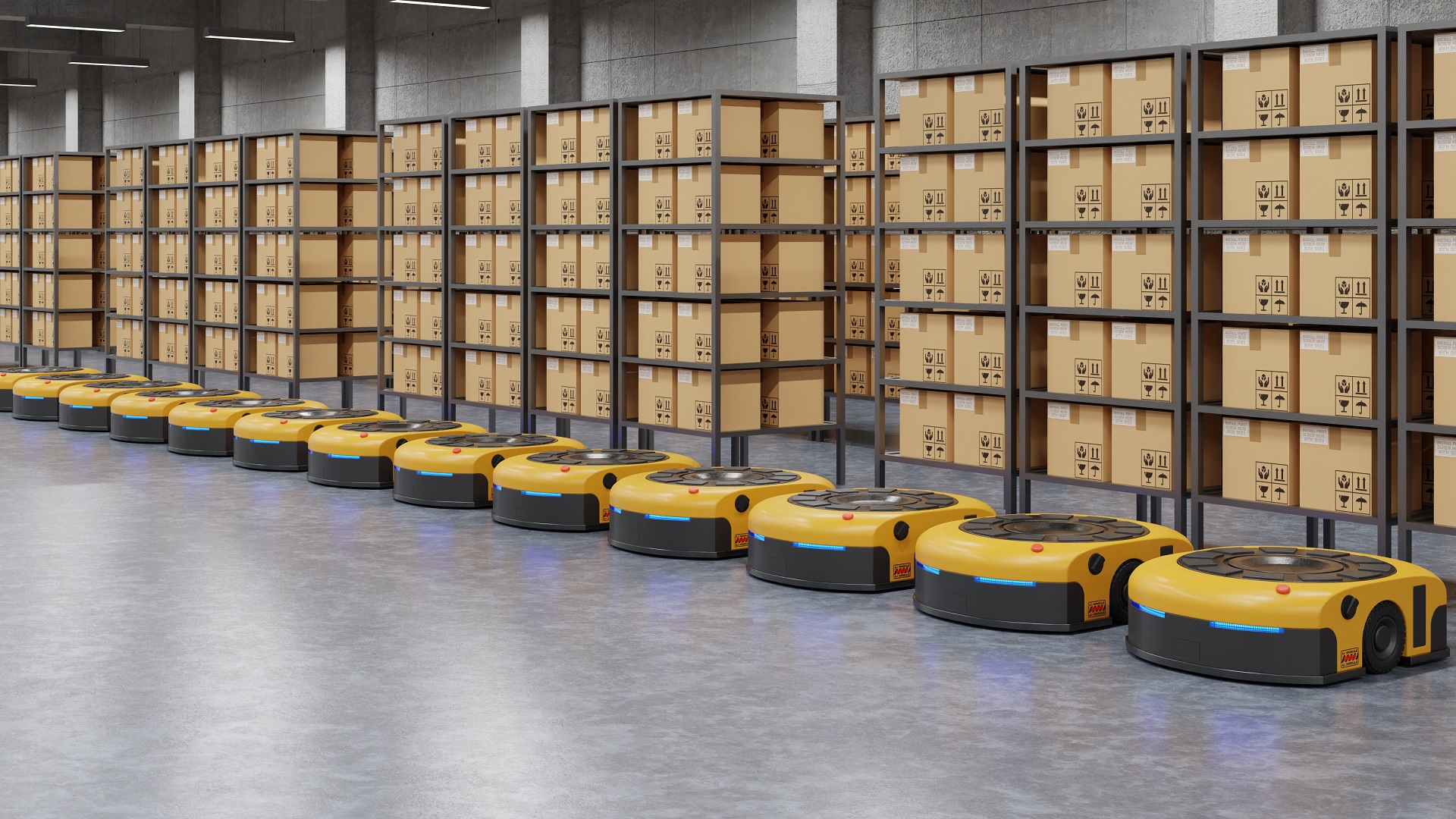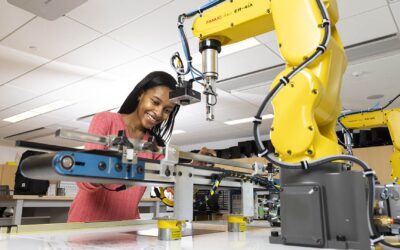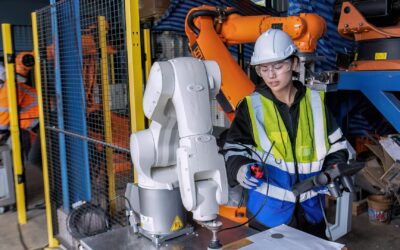In this blog post, we will explore some common mistakes that people make when implementing autonomous mobile robots in their facilities and provide insights on how to avoid them.
1. Insufficient planning
One of the most significant mistakes made during the implementation of AMRs is inadequate planning. Rushing into the deployment without thoroughly assessing your facility’s needs and requirements can lead to inefficiencies and suboptimal results.
Begin by identifying specific areas or tasks that could benefit from automation. Engage with stakeholders, including employees and management, to understand their pain points and expectations. A well-defined plan that aligns with your facility’s goals will help set the stage for a successful AMR implementation.
2. Lack of compatibility
Another common mistake is overlooking compatibility between existing infrastructure and AMR technology. AMRs are very flexible and can operate in a wide variety of applications, but like most things, there are limits; so it is crucial to assess whether your facility is ready to accommodate AMRs seamlessly.
Consider factors such as floor conditions, lighting, and Wi-Fi connectivity. Evaluate the compatibility of your facility’s layout and infrastructure with the navigation and communication systems required by the AMRs. Conducting a thorough evaluation and addressing any potential limitations in advance will prevent unnecessary setbacks during implementation.
3. Inadequate staff training
While AMRs are designed to work autonomously, it is essential to provide proper training to your staff members. Failure to train employees adequately can hinder the successful integration of AMRs into existing workflows.
Employees should understand how to interact with the robots, handle exceptions, and perform basic troubleshooting. Encouraging open communication and providing ongoing training and support will empower your workforce to embrace AMR technology effectively.
4. Overlooking safety considerations
Safety should always be a top priority when deploying AMRs. Ignoring safety considerations is a significant mistake that can lead to accidents and injuries.
AMRs are built with onboard sensing and safety rated control systems designed to prevent collisions, however every application is different; so it is critical that the AMR is configured properly to ensure safe operation for the application it is tasked with.
For example, there is less of a safety risk with an AMR moving foam pads compared to the same AMR moving 500kg of metal parts stacked high on a pallet due of the physics involved. Both applications are viable and can be done safely, however the AMR must be configured properly to ensure safe operation of each.
Additionally, it’s important to conduct a thorough risk assessment and involve your health and safety team to identify potential hazards and implement appropriate safety measures. Regular safety audits and ongoing monitoring will help maintain a safe working environment for everyone.
5. Neglecting maintenance and support
AMRs, like any other complex technology, require regular maintenance and support to ensure optimal performance. Neglecting this aspect can result in increased downtime and reduced efficiency.
It is crucial to develop a robust maintenance plan that includes routine inspections, software updates, and preventive maintenance. Additionally, it is helpful to establish a strong partnership with the AMR provider or manufacturer to receive timely support and access to spare parts. Proactive maintenance and reliable support will keep your AMRs running smoothly, minimizing disruptions to your operations.
Implementing AMRs in your facility can be a transformative step toward improving efficiency and productivity. By avoiding the common mistakes we’ve reviewed here, you can ensure a successful integration of AMRs into your facility.
Remember, careful consideration of these factors, combined with ongoing monitoring and improvement, will pave the way for a seamless and productive collaboration between humans and robots in your facility.
Read the original blog post here.
Sign up today for a free Essential Membership to Automation Alley to keep your finger on the pulse of digital transformation in Michigan and beyond.
Responsible for setting and achieving customer centric business strategy for the Americas to drive shareholder growth for the Omron Sysmac Business. Through business leadership, ensuring that all business functions: sales, marketing, engineering, operations, supply chain, quality, and accounting are aligned throughout Americas organization to achieve capital efficiency. Responsible for the achievement of financial targets through management of net sales, gross margin, and net margin. Responsible for developing global product roadmap, by analyzing global market trends, and bringing new products to market to sustain long term competitive market advantage of Omron through championing the global market perspective to ensure Sysmac products are effective both globally and regionally.




